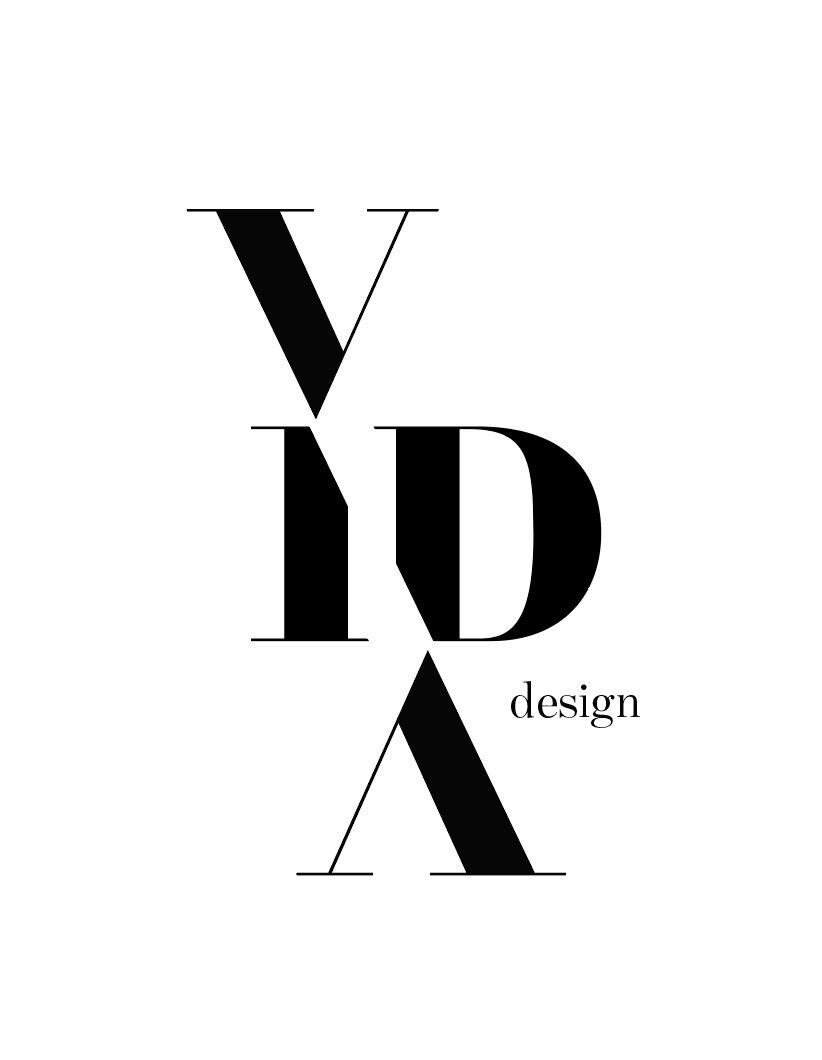Press
Interior Design- by Lisa Di Venuta & Georgina McWhirter, May 2023
Part of The Society, a new three-building rental-unit complex by Carrier Johnson + Culture that’s anchored by the Town and Country Resort, which was originally built in 1953, the Bradbury channels a mid-century lounge aesthetic, transporting residents to California’s golden era with public spaces hosting carved walnut wall art, tropical wallpaper, textural ceramic tile, lavish mohair sectional upholstery, and a groovy concrete-slab fireplace.
Hospitality Design- by Will Speros, May 17,2022
Five century-old warehouses in the Granary District of Salt Lake City have been reborn as the evo Hotel, a unique lodging concept inspired by the active outdoor lifestyles promoted in Utah. Outdoor gear brand evo partnered with Lake Union Partners on the 50-room project, which was crafted by locally based Lloyd Architects and Portland-based design studio Vida Design to reinforce the allure of nature and the historic roots of the site.
“The design of evo Hotel delivers a distinctive, earthy elegance that feels very much like an extension of the evo brand. You might be a sporty, outdoor adventure enthusiast, but you also want a nice place to stay, appreciate art and great furniture, and enjoy world travel,” says Vida founder and CEO Rachel Sowieja. “Evo has a deep understanding of this type of traveler and brings the whole lifestyle together beautifully in the design of this development.”
Skift -by Carley Thornell, May 20, 2019
Interest in adventure travel shows no signs of abating – so why should hotels for those who love to ski, snowboard, or climb kick back in a run-of-the-mill space?
Re-envisioned mill space – or 100,000 square feet of a former warehouse, to be exact – is just where those satisfying their wanderlust should land, said Tommy Trause of Salt Lake City’s new Evo Hotel.
Gray magazine -by Lauren Mang , May 20, 2019
On the inside, Portland-based Vida Design emphasized a classic look with an eclectic, comfortable, and textural overlay in furnishings, accessories, and art. Timeless materials such as marble, wood, brass, and leather honor the provenance of the building. “The combination of new and old was also important, given the history of the building and it’s new use,” Vida’s CEO and founder Rachel Sowieja says.
Old details include a knob wall in the lobby, created by Portland-based custom fabrication studio Acme. Vintage knobs are sourced from Portland and Seattle, vintage Turkish rugs are from Portland’s Wild Shaman, and a circa-1890s table in the lobby once had its home inside a Los Angeles Catholic school, but was eventually found and refurbished by Seattle’s Kirk Albert. Among the new elements are hand-drawn, Pike Place Market-inspired wallcoverings from Northwest artist Kate Blairstone —the hallways of each floor feature a different pattern (think vivid seafood, produce, and florals), as well as a wall-length mural in the hotel’s Ben Paris restaurant—named after one of the Eitel Building’s original occupants—designed and painted by local illustrator and tattoo artist Kyler Martz.
Multifamily Executive -by Symone Garvett, November 25, 2020
Named after Denver artist Henry Read, The Henry in Platt Park is located on a 4-acre, triangle-shaped lot in an industrial redevelopment area on the edge of Denver. Developer Carmel Partners, local architect Kephart, and interior designer Vida Design worked together to deliver the 403-unit building “that offers not just a place to live, but a place to work, play, and connect.”
Although the development opened for occupancy pre-pandemic, the team wanted to put emphasis on the 1,600-square-foot Innovate Space, or the co-working center. The work area features a self-serve coffee bar in addition to a variety of seating types, including a mix of soft seating, bar-style seating, open booths, semi-private booths, and soundproof conference rooms, as well as a combination of outdoor seating on the balcony to accommodate a wide range of work styles.
Unlike other dark apartment business centers, The Henry’s co-working area was purposely placed on the third floor at the corner of the building to fill the space with natural light from two sides. Design choices pay homage to the local artistic history and are articulated in the space through the color palette inspired by nature, the modern chevron flooring, and rich wood paneling. Currently, the space is open for residents to use on a first-come, first-served basis at 50% capacity to comply with COVID-19 mandates.
Marketer Magazine - volume 39, Issue 5, October 2020
The Rodney graces the front cover of Marketer, the journal for the Society for Marketing Professional Services. The building is a mixed-use 15 story tower located in the Pearl District of Portland.
Colorado Real Estate Journal - The Henry: Modern Sophistication with a Nod to Denver’s Prairie Style Roots
Colorado Real Estate Journal - by Kevin Criss, March 3, 2019
When you walk into the main lobby of The Henry, it feels like you’ve entered a boutique hotel.
Rounding out the team was Portland-based Vida Design, an interior design firm that has been wowing clients with its magical ability to turn ordinary multifamily or retail spaces into models of hipness.
When it came to the look of The Henry, Martinez, Long and Vida Founder and Principal Rachel Sowieja all agreed that the location really drove the look and feel. The team knew the industrial roots of the location and the Arts and Crafts influence of Platt Park and Washington Park were elements they had to embrace.
“It was a team effort and we continued to dive in with that visioning, that materiality and really start to find the kind of character that makes sense for the site,” says Long. “It had to make sense for the history, for the location and we really honed in from there with what the building would look like.”
Sowieja added that given the namesake of the project and the artistic roots of the area, “It was very important to Carmel that we bring the arts into this project, so that element was factored in from the very beginning.”







